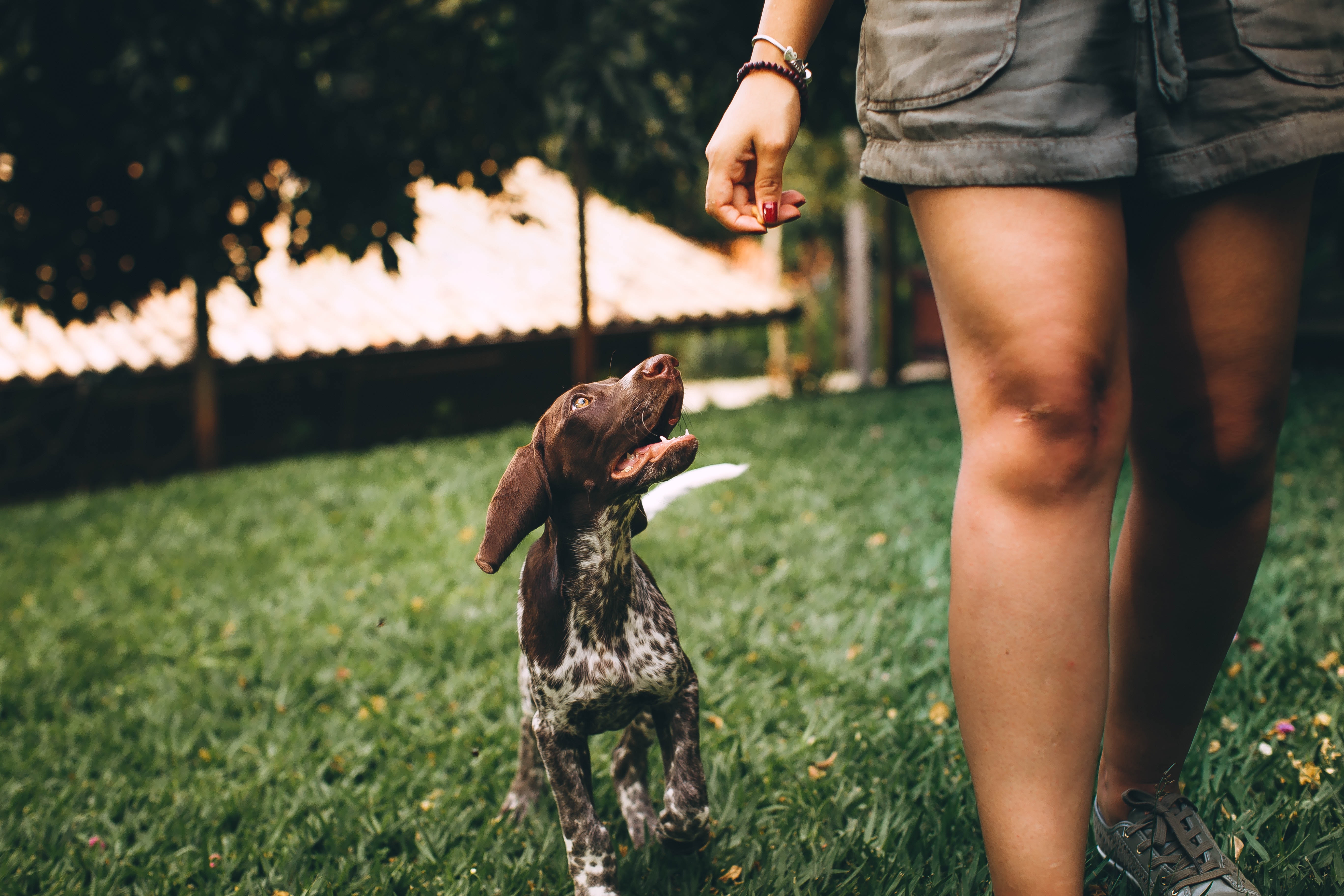Moving house with pets can be a challenge. From the chaos of packing to the arrival in an unfamiliar location, animals often experience stress when everything in their environment changes.
Unfortunately, the stress of moving can cause a host of behavioural changes and other issues, such as pets running away or becoming more aggressive. This can also be worrying for the family and make the moving process even more overwhelming.
Before you fill up the first box, establish a pet-friendly moving plan with these top tips in mind:
1. Approach the packing process gradually
Starting the packing process early and working at it bit by bit can help minimise your own stress levels as well as your pets’. Give your animals some time to get used to seeing a few cardboard boxes here and there, and leave the large furniture items in place as long as possible to reduce the disruption. Leaving yourself plenty of time to pack also allows you to spend more time with your pet.
2. Keep up with your pet’s routine
Despite the upheaval moving will cause in your own routine, it’s important to stick to your pet care schedule. This means taking your pup for regular walks, feeding your cat at the same time every night and providing your animal companions with lots of love and affection.
By spending quality time with your pets and keeping certain aspects of their day unaltered, you’ll show them that your home is still a safe and comfortable place. Carrying over the same routine to your new abode can help ease the adjustment phase.
3. Avoid moving your pet’s belongings until the last minute
Pets can start to feel threatened and stressed if their things disappear suddenly. Leave things like pet beds, food bowls, litter boxes, scratching posts, treats, leads and harnesses in the same familiar spots until it comes time to relocate.
4. Don’t replace those old pet beds and food bowls just yet
It might be tempting to purchase pristine scratching posts and fluffy new pet beds for your new home. However, it’s critical to hang onto the dingy old beds, bowls and toys that your animals are used to. These items are part of your pets’ territory. Placing them in your new home can help your animals adjust quicker.
If your well-loved pet accessories are looking a bit shabby, remove fur with a vacuum cleaner and give the food and water bowls a good cleaning ahead of moving day.
5. Inform your veterinarian and get your pet’s records in order
If you’ll be changing from one veterinarian to another in your new neighbourhood, connect with your old vet prior to moving.
It’s not a bad idea to take your animals in for one final checkup to talk with the vet about your pet moving concerns. They can speak with you about using tranquillisers during transit if necessary. Additionally, they can provide recommendations for safely responding to signs of aggression and distress or simply introducing your animals to your new environment.
Also take the opportunity to gather all their vet records and medications so you have everything you need before moving.
6. Ensure that your pet is microchipped
During the vet visit, it’s a good idea to make sure the data associated with your pet’s radio-frequency identification (RFID) microchip is still accurate. If your pet never received one, it’s important to get your furry friends microchipped prior to moving. Should they get lost, a microchip acts as a permanent ID that helps someone locate an animal’s rightful owners.
7. Choose a sturdy and appropriately sized pet carrier
Keep your pet safe and secure during transportation with a carrier that’s large enough for them to have a comfortable journey. As a rule of thumb, the carrier should offer enough room for your animal to sit, stand up and turn around. Even if your pets like to snuggle together, keep animals in separate cages as moving can bring out fear and aggression.
Select a sturdy, hard plastic case rather than a flimsy fabric or mesh one to ensure your animals can’t escape or cause themselves harm. For instance, cats can easily scratch their way out of canvas totes. Line the bottom of the carrier with a familiar blanket or towel with your family’s scent. This will provide some cushioning and prevent your companion from slipping and sliding.
When moving house with pets, it’s smart to use secure cages and carriers, no matter how loyal your animals might be. You certainly don’t want to risk losing your beloved pet before reaching your new home.
8. Separate your pet from the moving frenzy
Curious animals can make a mess of bubble wrapping and boxes, so it’s best to do the packing work without your pets in the room.
When the removalists arrive on moving day, keep your pets in a separate room that’s been emptied of everything beyond a few supplies like food and litter boxes. This way you won’t have to disturb them. Similarly, set them up in a separate, quiet room in your new home to keep them away from the move-in chaos.
Or, if you’re making a local move, consider boarding your pets at a familiar kennel for a few days.
9. Follow the rules for an interstate or international move
If you’re planning an interstate or international move, check with local regulations to learn about the pet moving requirements. In many cases, you’ll have to provide up-to-date vaccination records and allow your pets to complete a quarantine off-site before they can be brought to your new home.
10. Enlist professional pet transportation assistance
Don’t let moving house with pets place an unnecessary burden on you and your family. The experienced home removalists at Allied offer pet transportation and relocation services to put your mind at ease.
Contact our team today on 0800 255 433 to learn more about how we can help you and your furry friends during your upcoming move.
